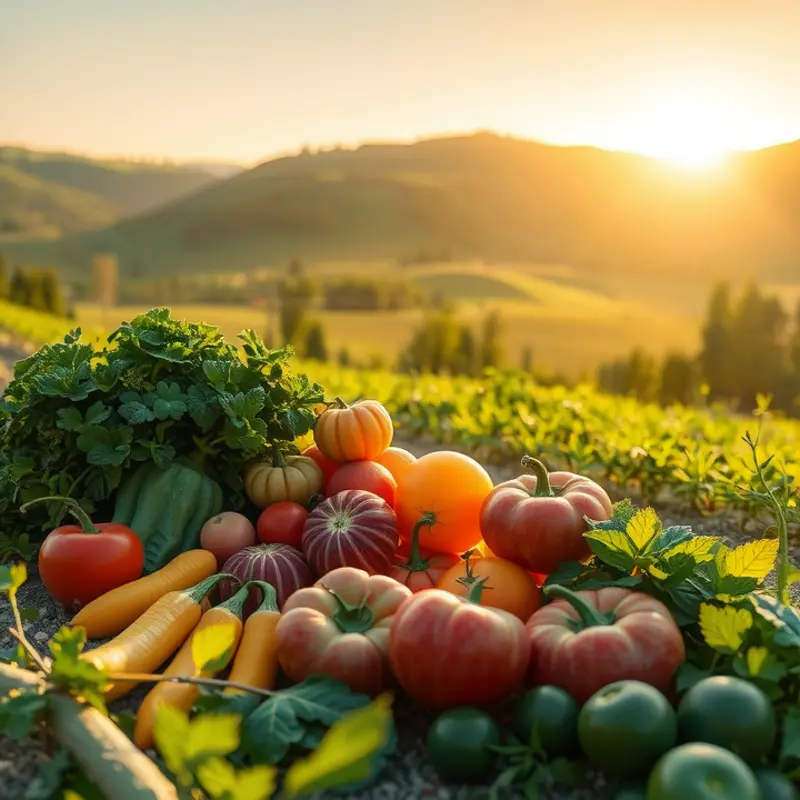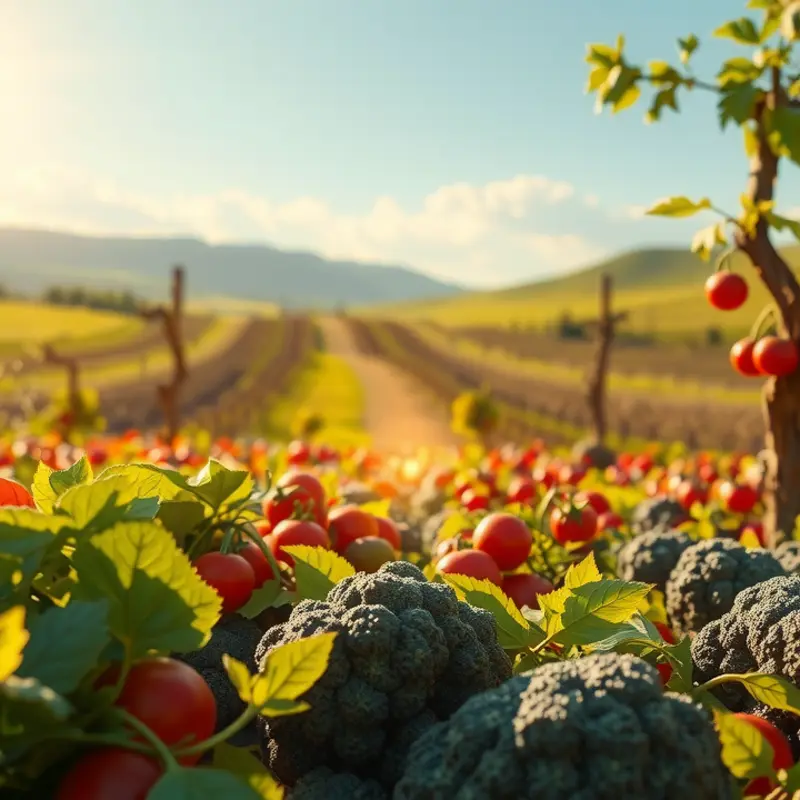From the delicate pastries of France to the rich puddings of South Asia, desserts reveal the heart of cultures around the globe. Each sweet reflects historical influences, regional ingredients, and unique preparations, showcasing how culinary traditions intertwine with social customs and celebrations. This journey through dessert cultures worldwide invites food enthusiasts and culturally curious readers to explore the delightful stories behind beloved confections and desserts, celebrating the diverse flavors that shape our world.
The Sweet History of Desserts

Desserts, with their irresistible allure, have captivated human senses for centuries. Tracing their origins requires a journey into ancient culinary history, where desserts began as simple sweet foods found in nature—fruits, honey, and the nectar of various plants. Over time, as civilizations evolved, so did the complexity and creativity of these sweet treats.
In ancient Mesopotamia, the earliest forms of desserts were primarily fruit-based, involving dates and figs. Egyptians, known for their profound innovations, sweetened bread with honey and nuts. This early recipe set the foundation for desserts like baklava, known for layering nuts and sweet syrups between thin pastry sheets. In Greece, sweetened dough combined with nuts and honey gave birth to desserts that celebrated prosperity and divine favor in festive traditions.
The Romans introduced more sophisticated sweets, often incorporating cheese and wine in their pastries. With the fall of the Roman Empire, Europe entered the medieval era, where sugar was a rare and valuable commodity. The crusaders, returning from Eastern lands, brought back the knowledge of sugar refining, setting the stage for an era of confectionery renaissance.
By the Renaissance, sugar became more accessible, transforming European kitchens. Cakes, pastries, and candies became central to courtly banquets and celebrations, symbolizing wealth and sophistication. Spices like cinnamon, clove, and nutmeg were introduced, enriching European pastries with flavors that were once costly and exotic.
In Asia, desserts also followed a rich evolutionary path. Chinese cuisine boasts traditional sweets like mooncakes, consumed during the Mid-Autumn Festival. Made with lotus seed paste or red bean, these pastries are engraved with intricate designs, reflecting cultural artistry and philosophical beliefs. Similarly, in India, desserts such as ladoos and barfis are crafted using ancient recipes dating back thousands of years. These confections, often prepared with ghee and sugar, hold deep cultural significance in rituals and celebrations.
Across the globe, desserts served not just as fare for the palate but markers of cultural heritage. Particularly in https://holdmycarbs.com/nutrihub/global-cuisine-food-culture/global-pastry-traditions/ where pastry traditions narrate stories of trade, migration, and innovation. In regions such as the Middle East, desserts like kunafa and ma’amoul represent communal bonding during Ramadan and Eid.
In the Americas, native ingredients like cacao laid the groundwork for what would become chocolate. Once used in ceremonial drinks by the Aztecs, it evolved into a global phenomenon. European colonization introduced sugar plantations, and with it, the bittersweet history of desserts linked to trade and exploitation.
The evolution of desserts reflects a tapestry of human history, artistic expression, and cross-cultural exchange. Ingredients like sugar, once a luxury, revolutionized dessert making. Methods improved over centuries as desserts evolved from simple pleasures to elaborate symbols of cultural identity. Whether enjoyed as a comforting pastime or a ceremonial tribute, desserts continue to hold a special place in our culinary heritage, celebrating the sweet essence of human creativity and togetherness.
Diverse Delights: A Global Dessert Tour

Embarking on a journey across the globe, one discovers a vast array of desserts, each with its own unique story. These stories are told through flavors, textures, and ingredients deeply rooted in regional heritage. From the chewy, sweet rice cake known as mochi in Japan to Italy’s creamy, layered tiramisu, we savor the rich tapestry of cultural traditions.
Starting in Japan, mochi is crafted from glutinous rice, pounded to a smooth texture. This treat plays a significant role in celebrations like New Year, where it symbolizes good fortune. Mochi transcends simple taste, where its preparation becomes a communal event, embodying a shared cultural identity.
In Italy, tiramisu offers a contrast with its indulgent layers of mascarpone, coffee-soaked ladyfingers, and cocoa. This beloved dessert, whose name means “pick-me-up,” owes its iconic status to the rich dairy traditions of the Veneto region. Tiramisu captures the spirit of Italian gatherings, evoking warmth and togetherness around the dining table.
Crossing over to the Middle East, baklava shines as an emblem of hospitality and abundant generosity. With layers of flaky phyllo, nuts, and sweet syrup or honey, this dessert is often shared among family and friends during festivals and special occasions. Ingredients like pistachios and local honey reflect the cultural richness of the region.
In France, we encounter the delicate perfection of macarons. These airy, almond-based confections require precision, a nod to the French commitment to culinary art. Macarons are often enjoyed in celebrations, representing elegance and a sense of refined joy.
Venture into India, where desserts like gulab jamun, lavishly made from milk solids and cardamom, provide a glimpse into the region’s subcontinental flavors. This dessert, swimming in rose-flavored syrup, graces weddings and festivals, offering sweetness and warmth to auspicious occasions.
Across the Atlantic in Latin America, dulce de leche speaks to the region’s love for rich, caramelized flavors. This versatile treat, made from slowly heated sweetened milk, can be found filling pastries or swirling through gelatos. It represents the homegrown sweetness that ties together family stories shared across generations.
Each of these desserts not only tantalizes the palate but also plays a central role in the cultural rituals that define their regions. They evoke memories, celebrate heritage, and bring people together to create shared experiences. As we indulge in these diverse delights, we understand dessert as a universal language of joy, transcending borders to cultivate community.
To explore more about the culinary influences of trade on global cuisine, including how these desserts might have gained popularity outside their regions, check out this source on culinary influences and trade.
Final words
Dessert cultures globally offer a rich tapestry of flavors and traditions that resonate deeply within their communities. Through historical narratives and regional innovations, each dessert serves not just as a sweet treat but as a cultural emblem that binds people together. As we savor the diverse array of confections, let us appreciate the stories and the craftsmanship behind each bite and celebrate the shared joy that desserts bring to our lives. Culinary curiosity can lead us to explore new flavors and create connections with cultures across borders, fostering a greater understanding of our world.








